Some places aren’t just rough around the edges—they’re downright dangerous. Crime rates are soaring, and in these 25 American cities, safety is a daily battle.
From violent crime to property theft, these places are making headlines for all the wrong reasons. Walk the wrong street at the wrong time, and you might find yourself in trouble.
Locals know where to go—and where to avoid. Think your city made the list?
Or are you about to discover a new place to stay far, far away from? Let’s dive in.
St. Louis, Missouri
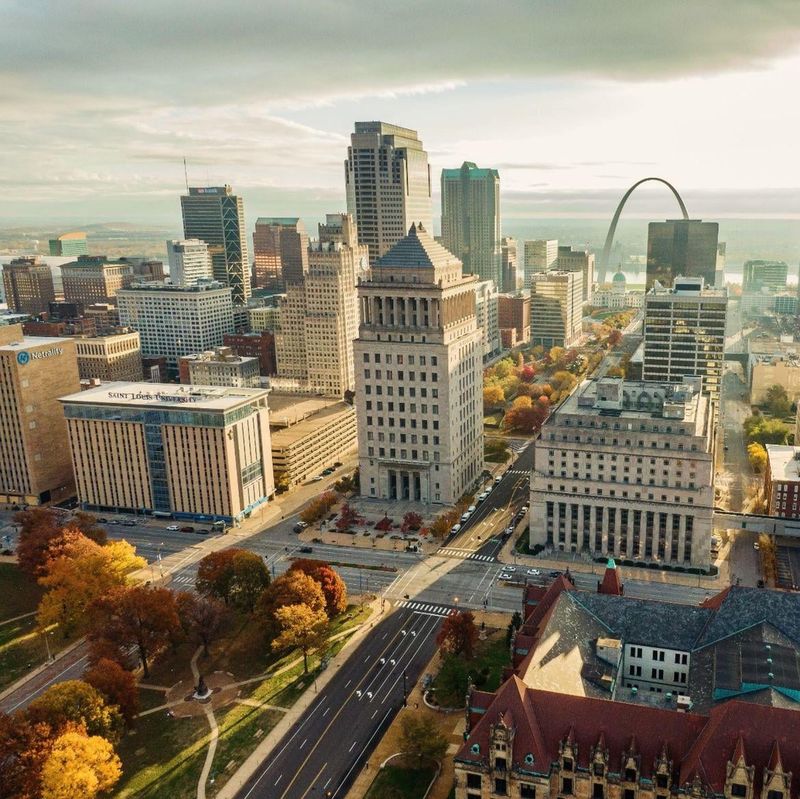
Ranked high for violent crime, St. Louis has long dealt with issues of poverty and inequality.
The challenging combination of economic hardships and limited social services exacerbates crime rates in various neighborhoods. Despite the statistics, community organizations are actively working to create safer environments.
Programs targeting youth engagement and education are at the forefront of these efforts. The resilience of the people here is evident in their push for change and hope for a more secure future.
Detroit, Michigan
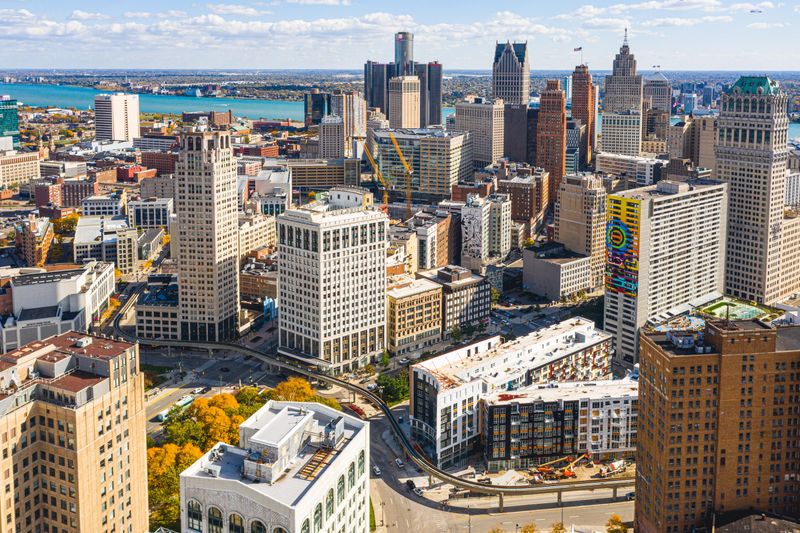
Once a booming industrial hub, Detroit has struggled with economic downturns and population decline. These factors have significantly impacted crime levels, making it a city of concern.
Efforts to revitalize the city include initiatives to improve housing and employment opportunities. Community leaders are crucial in steering these programs towards success.
The city’s rich cultural history continues to inspire those working on its revival, aiming to transform challenges into opportunities.
Baltimore, Maryland
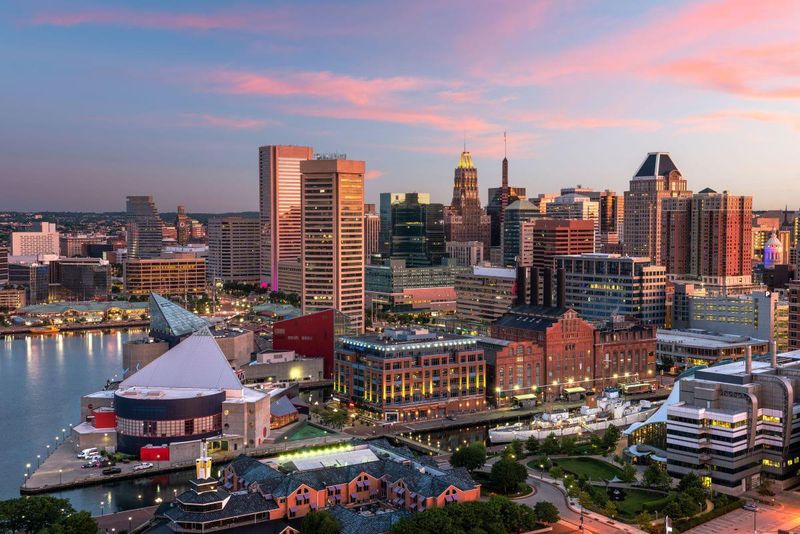
Baltimore faces a complex web of challenges related to crime, influenced by socio-economic factors and historical issues. The city’s neighborhoods vary greatly, with some experiencing higher crime rates than others.
Local government and community organizations are collaborating to address these disparities through targeted interventions. The city’s commitment to change is visible in ongoing efforts to improve social conditions and reduce crime, fostering hope for a brighter future.
Newark, New Jersey
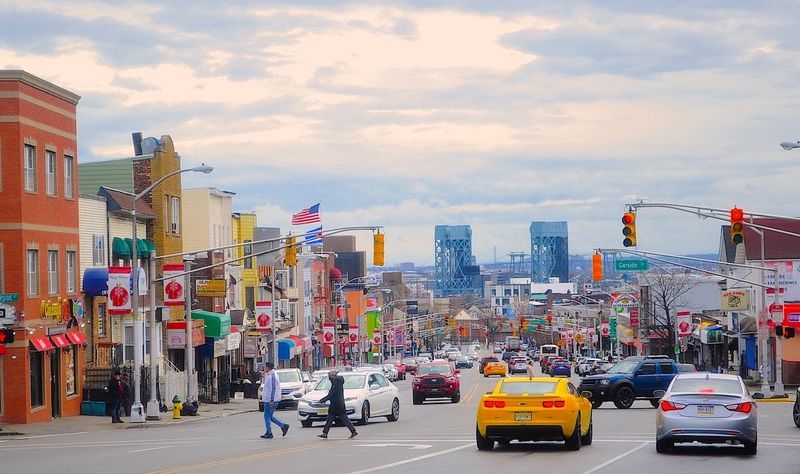
Crime in Newark is often linked to its economic conditions and accessible transportation routes. These factors contribute to the city’s challenges with drug-related activities.
However, Newark is actively working on community policing and outreach programs to curb these issues. The diverse population adds a rich cultural background, fueling community-driven initiatives aimed at positive change.
These measures are slowly reshaping the city’s narrative, moving towards safety and growth.
Memphis, Tennessee

With its vibrant music scene, Memphis also contends with crime rates that affect community safety. Economic disparities and education gaps are often cited as underlying causes.
However, the city’s artistic community plays a significant role in fostering unity and providing positive outlets for youth. Local groups are creating programs to enhance education and job training, aiming to break the cycle of crime and build a more secure environment.
Chicago, Illinois
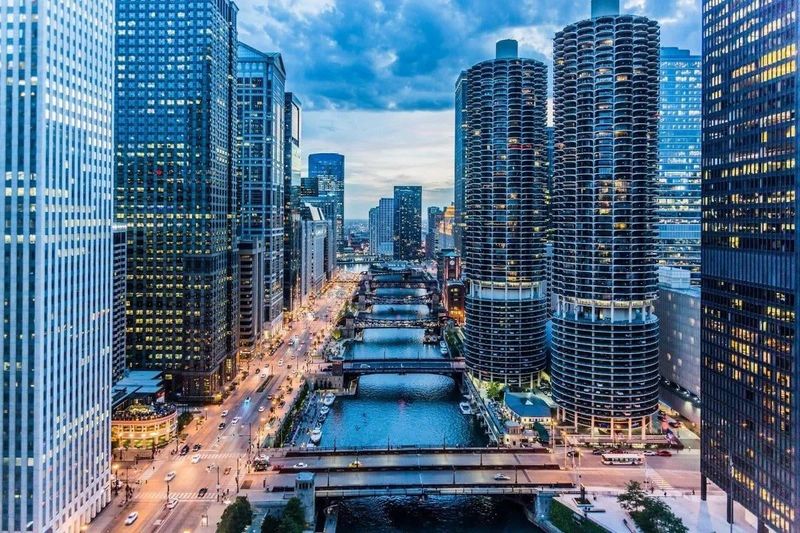
Chicago, known for its stunning architecture and cultural diversity, faces notable challenges with crime. Socio-economic inequalities and gang activities are part of the city’s complex crime landscape.
Despite these challenges, Chicagoans are actively involved in neighborhood watch programs and community efforts to reduce violence. The city’s diverse communities are working together to create positive change, aiming to highlight the city’s strengths beyond crime statistics.
Birmingham, Alabama
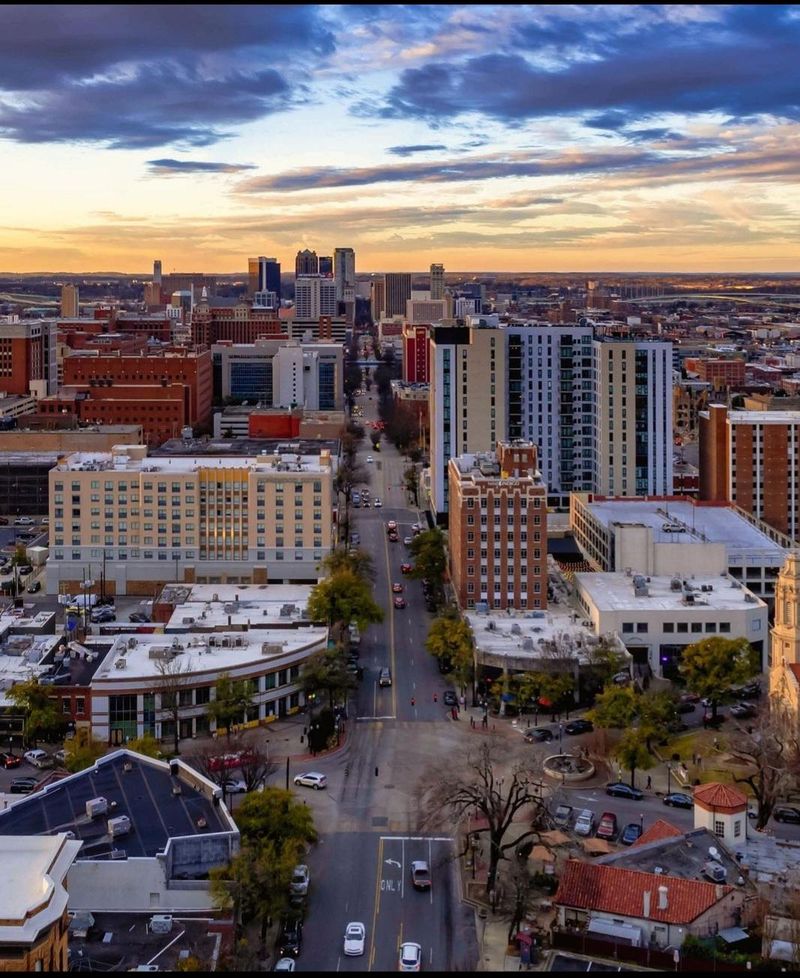
Birmingham’s history of civil rights movements contrasts with its current crime struggles. Economic challenges and educational disparities are prevalent, affecting crime rates.
The city is focusing on revitalization efforts, promoting job creation and community engagement. Residents are encouraged to participate in local governance and neighborhood improvement initiatives.
These collective efforts are part of a broader strategy to address crime and foster community resilience.
Oakland, California
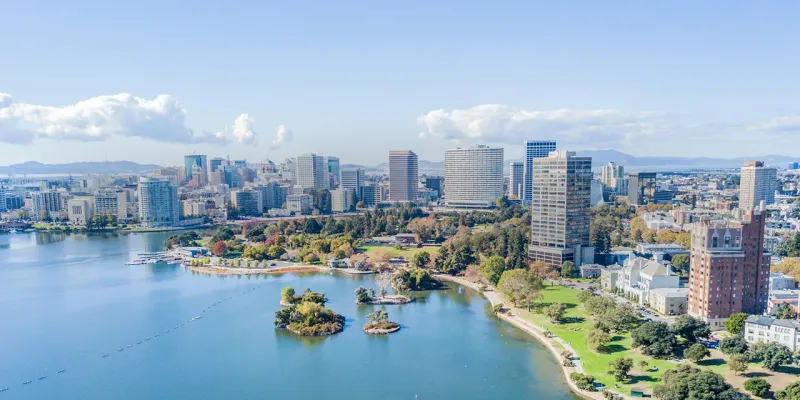
Oakland, with its rich cultural tapestry, encounters challenges related to crime and socio-economic issues. The city’s proximity to tech hubs highlights stark contrasts in wealth distribution.
Local authorities and community activists are working to tackle these disparities through education and employment programs. The vibrant art scene helps foster community pride and engagement, contributing to efforts aimed at reducing crime and promoting solidarity.
Cleveland, Ohio
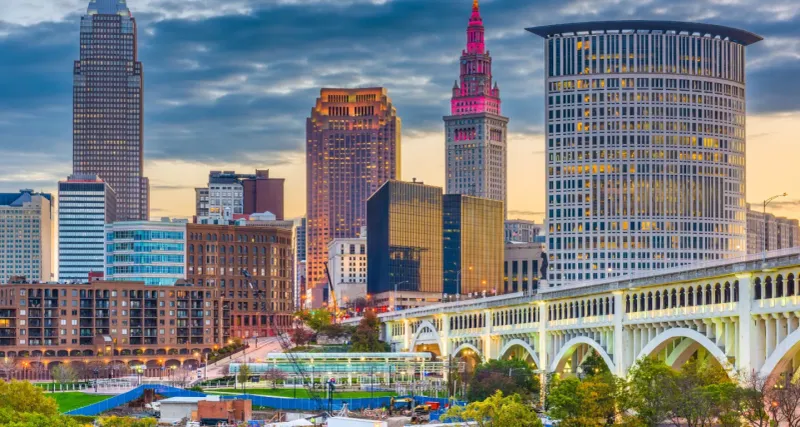
Cleveland struggles with high crime rates, influenced by economic decline and industrial changes. Efforts to revive the city focus on improving housing and creating job opportunities.
Community organizations are vital in driving these initiatives, aiming to reduce crime and enhance quality of life. Cleveland’s sports culture provides a unifying force, inspiring residents to invest in their city and work towards a safer environment for all.
Little Rock, Arkansas
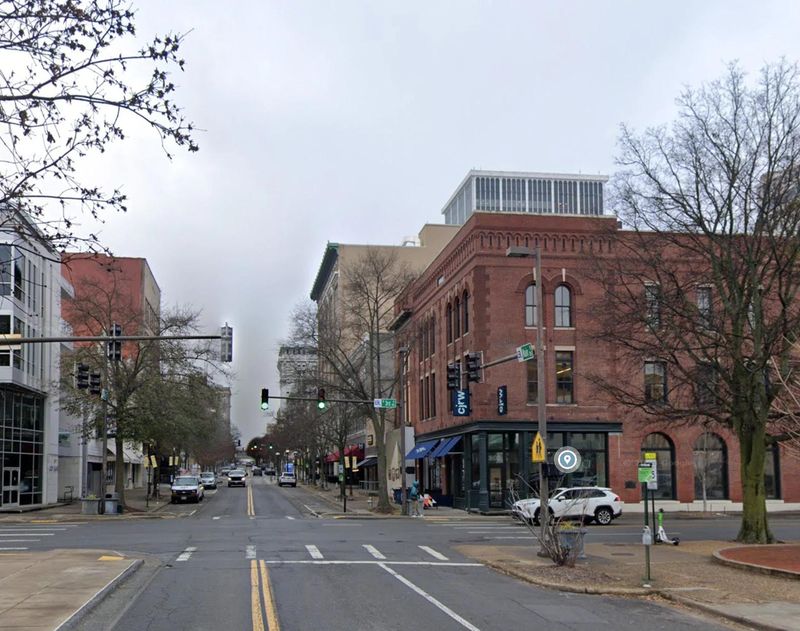
Though picturesque, Little Rock faces challenges with crime that stem from socio-economic factors. The city is addressing these issues through innovative community programs and policy changes.
Efforts are underway to improve education and create job opportunities, focusing on long-term solutions. Residents are actively engaged in these initiatives, eager to see positive changes in their community.
The city’s determination to overcome its struggles is evident in its progressive strategies.
Stockton, California
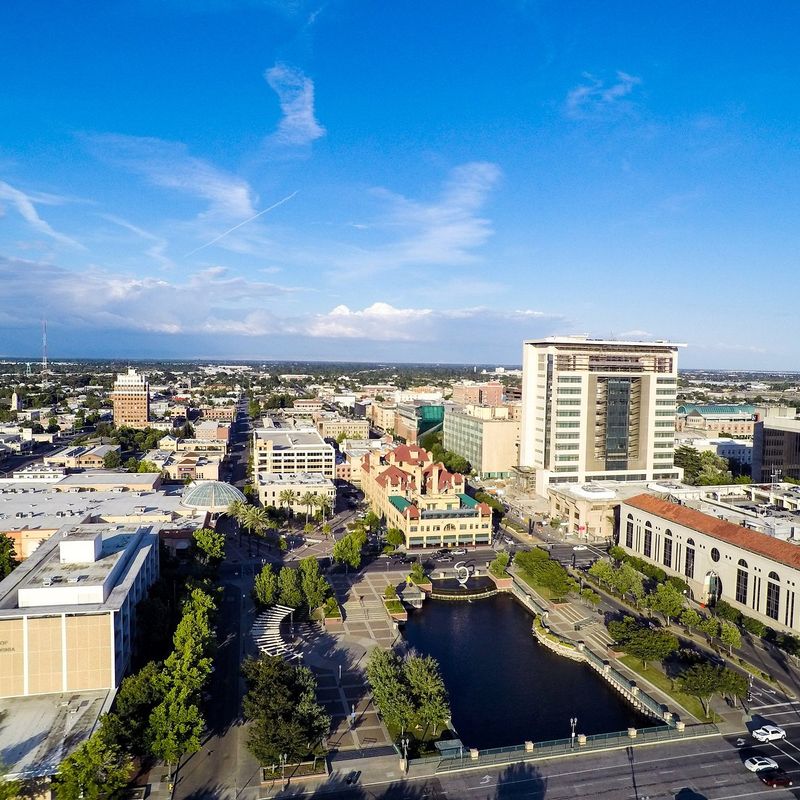
Stockton has faced significant financial challenges, influencing its crime rates. The city’s efforts to emerge from bankruptcy include targeting crime through community engagement and economic development.
Programs focusing on youth and education are pivotal in these plans. Community leaders and residents are committed to creating a safer city, leveraging Stockton’s agricultural heritage and strategic location for economic growth.
Optimism is driving change in this vibrant community.
Kansas City, Missouri
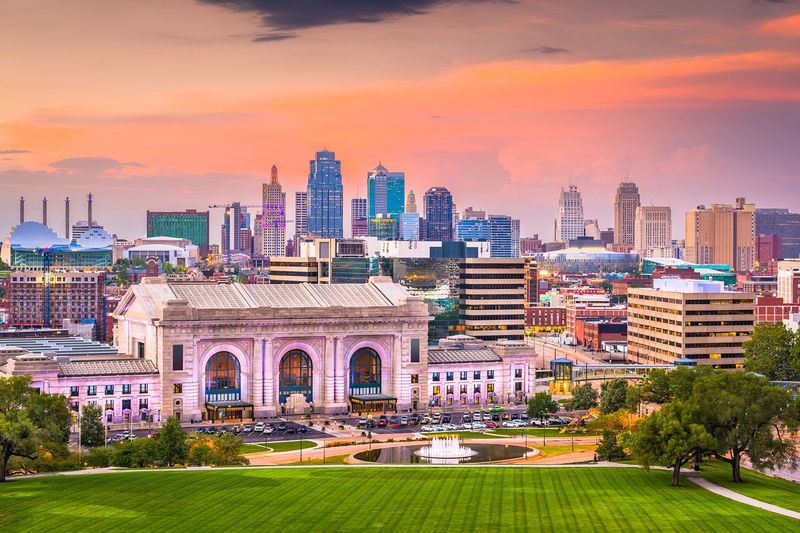
Kansas City is known for its jazz heritage, yet faces modern challenges with crime. Economic fluctuations and educational disparities pose problems for certain neighborhoods.
The city is actively pursuing community-based solutions, emphasizing education and youth programs. Residents are encouraged to participate in local initiatives aimed at crime prevention.
The city’s spirit of collaboration is fostering a sense of hope and progress towards a safer future.
New Orleans, Louisiana
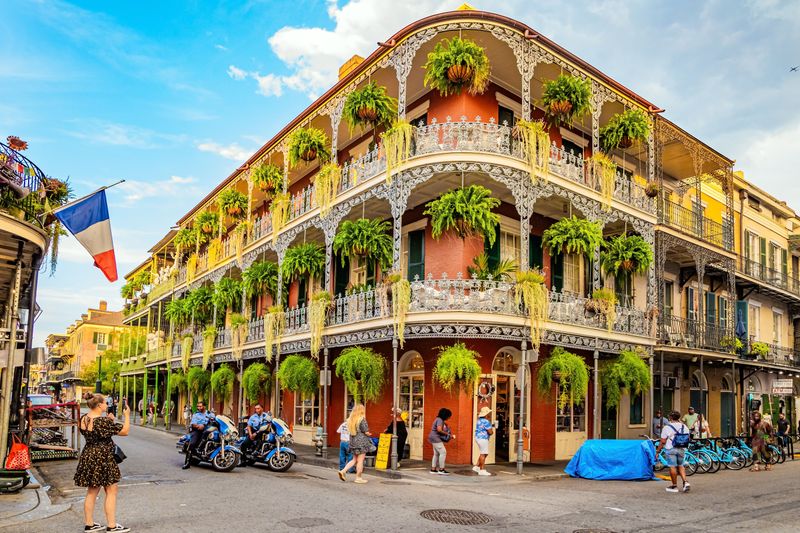
New Orleans, renowned for its cultural richness, grapples with crime stemming from socio-economic challenges. The city’s unique geography and history contribute to its complex social dynamics.
Community efforts focus on rebuilding neighborhoods and enhancing public safety. Local leaders are pushing for policies that address root causes of crime, while celebrating the city’s vibrant traditions.
These efforts are pivotal in shaping a future where culture and safety coexist harmoniously.
Atlanta, Georgia
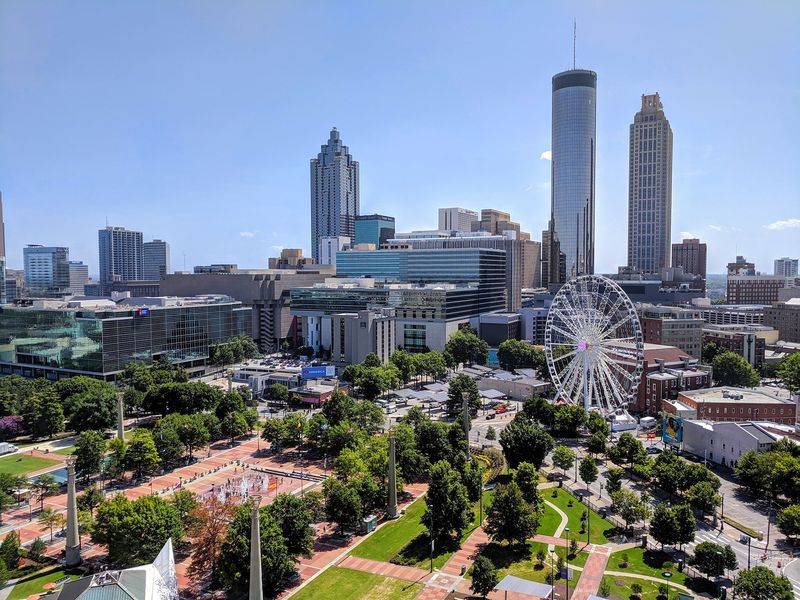
Atlanta’s status as a cultural and economic hub contrasts with its crime challenges. Socio-economic inequalities and rapid urbanization contribute to crime in certain areas.
The city is actively implementing programs to improve social services and economic opportunities. Community leaders are at the forefront, advocating for change and fostering inclusivity.
Atlanta’s commitment to addressing these issues is reflected in its collaborative approach, aiming to ensure safety for all its residents.
Houston, Texas
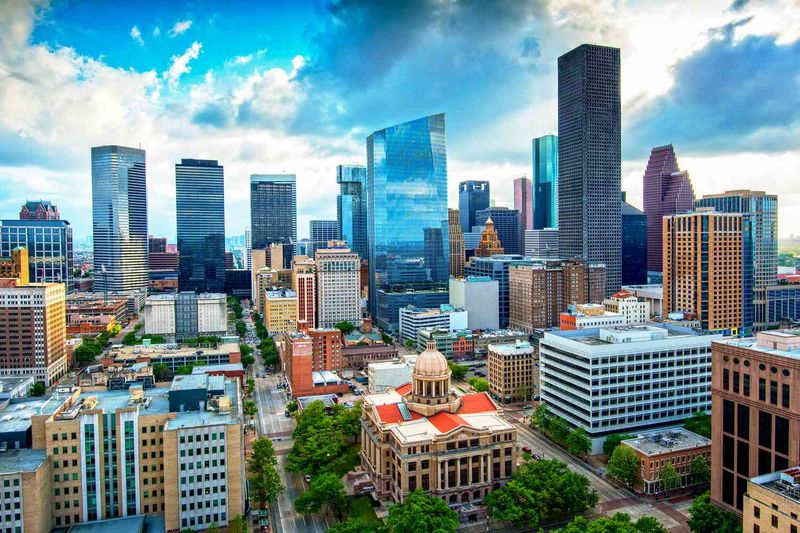
Houston faces crime challenges linked to its sprawling nature and diverse population. Economic disparities and rapid growth contribute to these issues.
The city is focusing on targeted policing and community outreach to address crime effectively. Initiatives aimed at improving education and community relations are gaining traction.
Houston’s diverse communities are playing a critical role in these efforts, working together to foster a safer and more inclusive environment.
Philadelphia, Pennsylvania
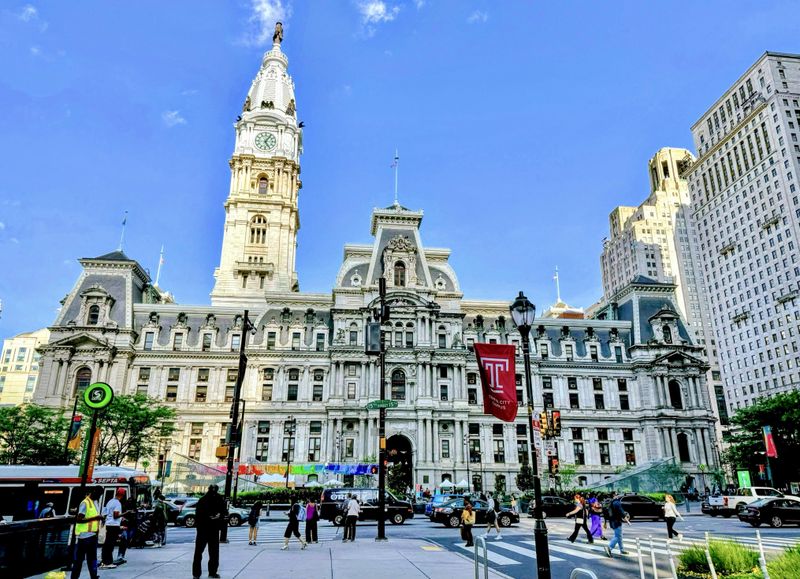
Philadelphia’s rich history sets the stage for its contemporary crime challenges. Economic and social inequalities are significant factors in the city’s crime landscape.
Efforts to revitalize neighborhoods focus on education and employment opportunities. Community-driven programs are crucial in these initiatives, promoting engagement and collaboration.
Philadelphia’s commitment to progress is reflected in its ongoing projects aimed at creating safer, more vibrant communities.
Milwaukee, Wisconsin
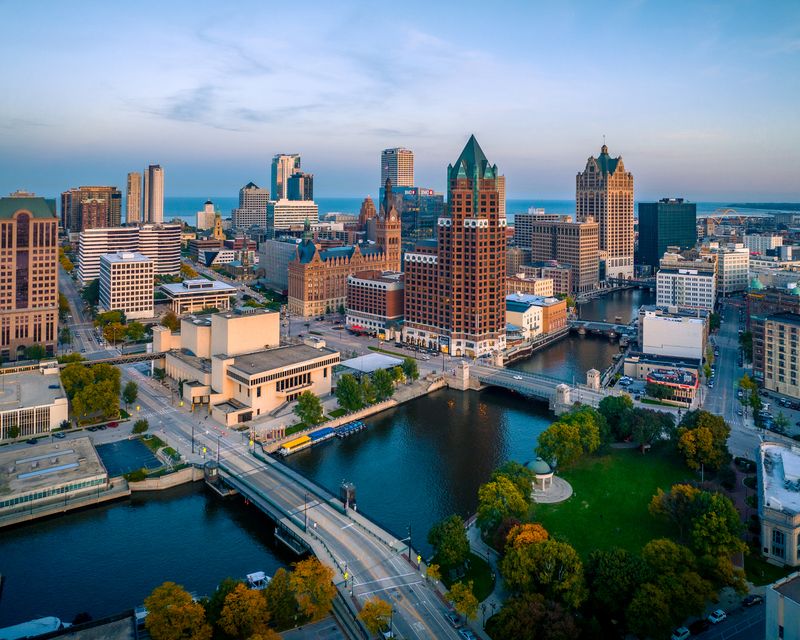
Milwaukee’s crime challenges are intertwined with racial disparities and economic issues. The city is actively working on addressing these problems through community-led initiatives and policy changes.
Efforts focus on healing divisions and creating opportunities for all residents. Milwaukee’s community spirit is evident in its dedication to transformation, aiming to build a city where safety and equality are accessible to everyone.
Indianapolis, Indiana
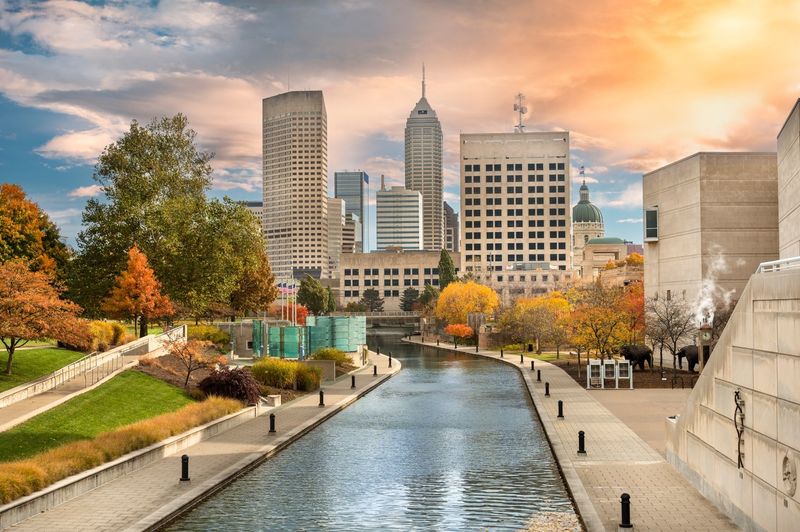
Indianapolis struggles with crime, influenced by economic challenges and urbanization. Community organizations are pivotal in driving initiatives to improve safety and quality of life.
Programs focusing on youth engagement and education are at the heart of these efforts. The city’s sports culture provides a unifying force, fostering community pride and involvement.
Indianapolis is determined to turn its challenges into opportunities for growth and harmony.
Tucson, Arizona
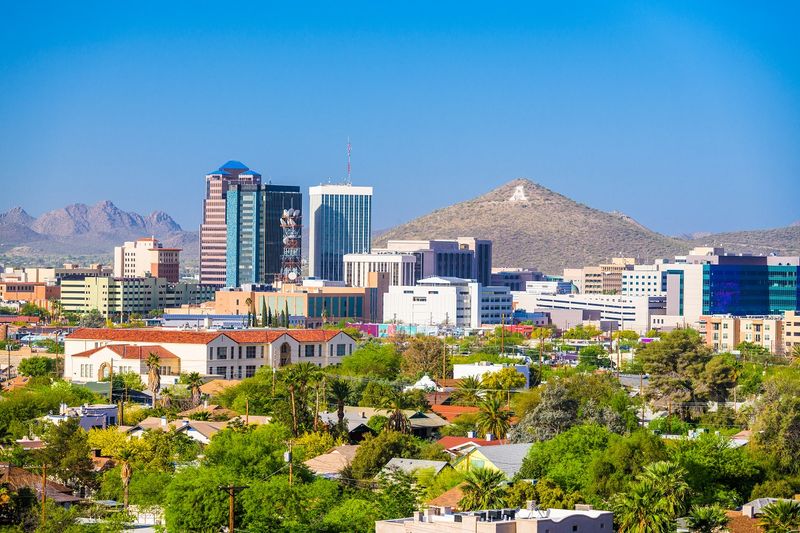
Tucson’s unique desert environment is contrasted by its crime challenges. Economic disparities and border proximity influence the city’s crime dynamics.
Efforts to address these issues include community policing and educational programs. Residents are engaged in initiatives aimed at fostering safety and inclusivity.
Tucson’s vibrant cultural scene plays a pivotal role in bringing the community together, fueling collaborative efforts towards a more secure future.
Jackson, Mississippi
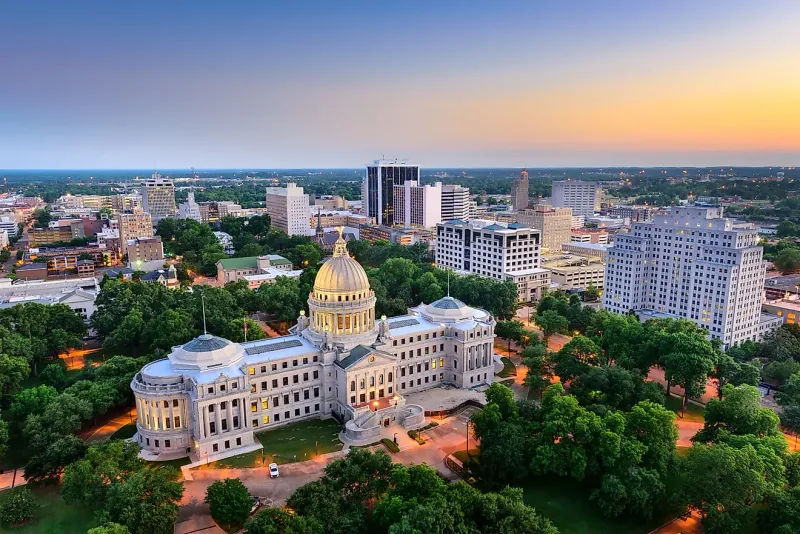
Jackson faces crime challenges rooted in economic disparities and historical issues. The city is focusing on community engagement and policy reforms to address these problems.
Initiatives aimed at improving education and employment opportunities are pivotal in these efforts. Residents are actively participating in programs designed to enhance community resilience.
Jackson’s determination to overcome its struggles is evident in its collaborative approach to fostering safety and growth.
San Bernardino, California
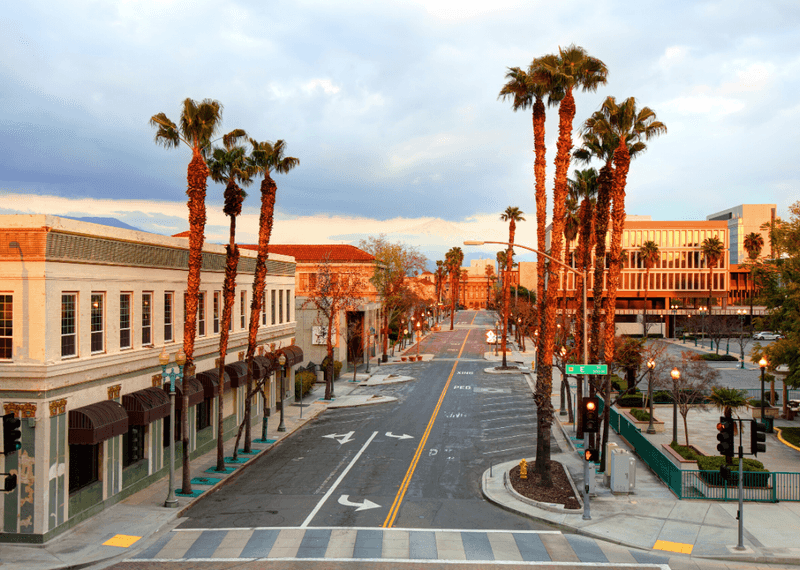
San Bernardino’s crime challenges are linked to economic struggles and urban sprawl. Community efforts to revitalize the city focus on improving social services and creating job opportunities.
Initiatives targeting youth engagement and education are central to these plans. The city’s residents are committed to fostering a safer environment, leveraging San Bernardino’s natural beauty and strategic location for economic development.
Optimism is driving change in this resilient community.
Miami, Florida
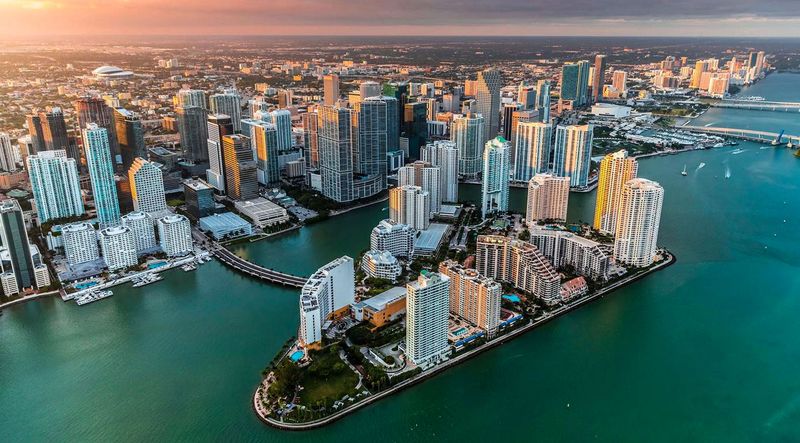
Miami’s vibrant culture is contrasted by its crime issues, influenced by socio-economic disparities and its status as a major port city. Efforts to address crime focus on community policing and economic development.
The city’s diverse population adds a rich cultural dimension to these initiatives, fostering unity and resilience. Miami’s commitment to transformation is evident in its ongoing projects aimed at enhancing safety and quality of life for all its residents.
Albuquerque, New Mexico
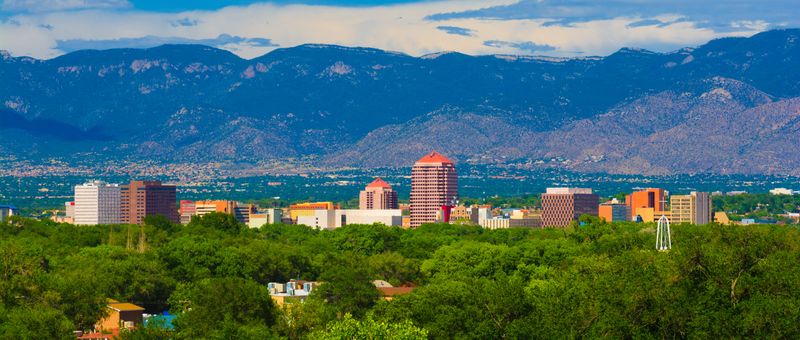
Albuquerque faces crime challenges influenced by economic factors and its geographical location. Community-driven efforts focus on improving education and public safety.
Local leaders are crucial in implementing programs that address root causes of crime, fostering a sense of community and inclusivity. Albuquerque’s cultural diversity plays a pivotal role in these initiatives, with residents working together to create a safer and more vibrant environment.
Las Vegas, Nevada

Known for its entertainment industry, Las Vegas also grapples with crime issues linked to economic inequalities and tourism. Efforts to address these challenges include enhancing public safety and community engagement.
The city’s diverse workforce is central to these initiatives, promoting collaboration and resilience. Las Vegas’s vibrant spirit is reflected in its commitment to transformation, aiming to balance its entertainment persona with a focus on community well-being.
Columbus, Ohio
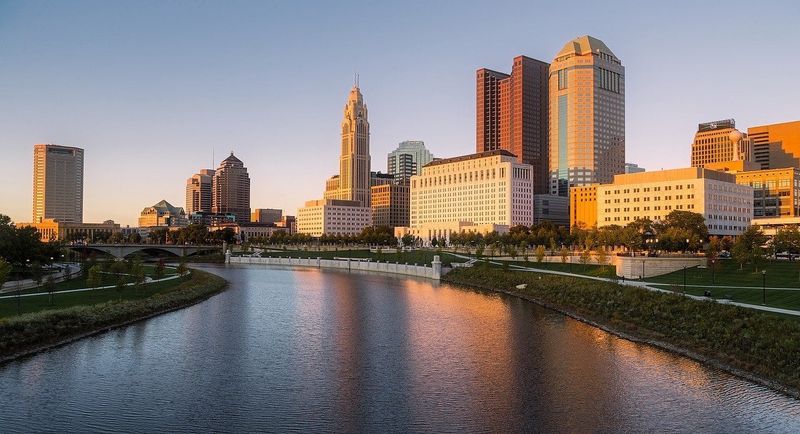
Ohio’s capital, Columbus, encounters crime challenges due to rapid growth and economic disparities. Efforts to ensure safety include community policing and strategic social programs.
Residents play an active role in these initiatives, working towards a cohesive community. Columbus’s educational institutions and diverse population fuel innovative solutions, aiming to create a city where opportunities and safety go hand in hand.
The collaborative spirit is driving significant progress.
